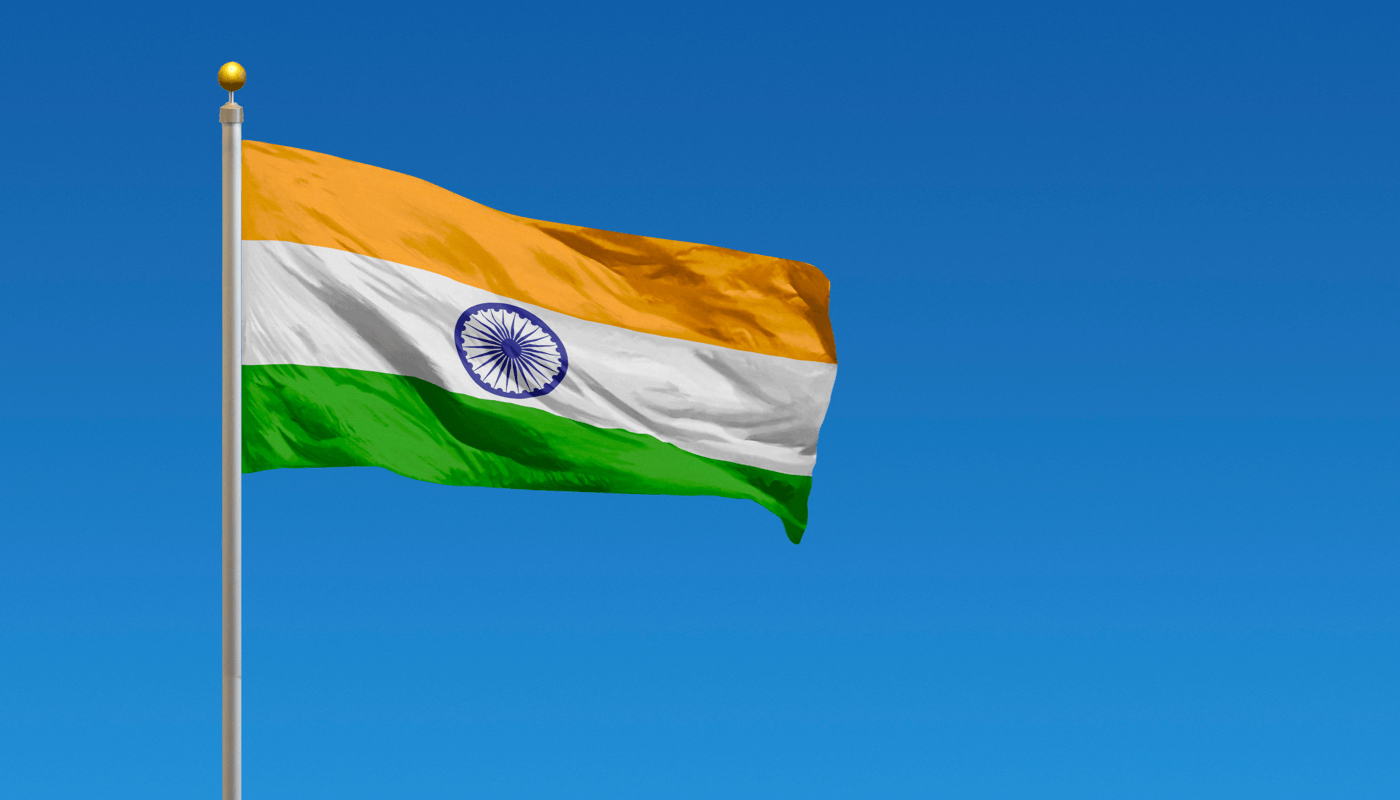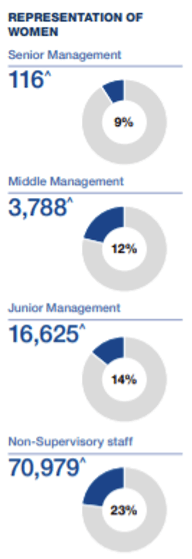
Gains in gender diversity, among other inequality issues getting high-level policy attention before COVID-19 struck, have been set back since. It is a harsh reality now being faced in India, one of the countries hit hardest by the coronavirus.
The big emerging market's banks were held out as exceptions to old norms, with several major institutions led by women, but the departures of some of them now stand out, at least symbolically, as reminders of a persisting gender gap.
The global backdrop, as described by International Monetary Fund chief economist Gita Gopinath in the fund's spring 2021 Finance & Development publication, is that “low-skilled workers, women, and youth - who are vastly over-represented in jobs where social distancing is difficult or impossible - experienced the largest increases in unemployment in many countries, exacerbating pre-pandemic inequalities.”
An IMF working paper in March on women in the so-called she-cession, a study of 38 advanced and emerging economies, found “over half to two-thirds exhibiting larger declines in women's than men's employment rates.”
Legislating a Standard
Official measures to promote women's advancement in Indian corporations included the Companies Act of 2013, Section 149 (1), requiring listed companies to have at least one woman on their board. By 2020, 17% had women directors, up from 4% in 2013.
However, a 2020 gender balance scorecard from 20 First shows that of the 175 executive team members in the top 20 Indian companies, only 6% (11) were women. Seven of the companies had women on their executive teams.
Discriminatory factors can be more or less subtle: exclusionary and “men's club” environments, sexism in recruiting, males ignoring or disrespecting female colleagues, and pay disparities. In the World Economic Forum Global Gender Gap Index for 2021, India fell 28 places, to 140th out of 156 countries. Women's labor force participation decreased to 22.3%, from 24.8% the year before.

Exception to the Rule
India's banking industry stood in contrast to the “dominant norm” of gender asymmetry across the corporate sector. It was one of the first instances of an emerging market employing gender quotas and women leaders to promote diversity. HSBC's Naina Lal Kidwai, UBS' Manisha Girotra, Axis Bank's Shikha Sharma and ICICI Bank's Chanda Kochhar rose to the top of their respective organizations.
Besides being run by women, these banks employed relatively more women at each level. One study estimated that between 2001 and 2011, hiring of women officers in banks increased to 14.45% from 6.69%, with smaller growth seen in subordinate and clerical positions. By 2019, the banking, financial services and insurance (BFSI) sector was just under 20% women, and 50% parity was projected by 2027 for the 100 Best Companies for Women in India.
According to primeinfobase.com, there has been a steady increase in the number of women employed as board members in private and public sector banks, insurance companies, non-banking financial companies (NBFCs) and asset management firms. The percentage of women board members on Nifty 100 companies rose to 16% in 2021 from 7% in 2012, while at NBFCs it jumped to 18.43% from 3.68%.
Changes at the Top
Among other things, the trend is credited to one of the largest private banks, ICICI Bank, for nurturing women leaders during a period of economic liberalization and expansion. Chanda Kocchar in 2009 was the first ever female CEO at an Indian bank.
However, Kocchar, Sharma of Axis Bank and Usha Ananthasubramanian of Allahabad Bank had untimely exits due to governance issues at their respective banks. In addition, declining percentages of women board members at two major public sector banks between 2020 and 2021 - State Bank of India's to 4.5% from 6%, and Punjab National Bank's to 11% from 14%, according to primeinfobase - could be worrying from a diversity perspective if it is more than a temporary blip.
As investors and other stakeholders continue to be vocal about the need for corporate diversity, and more research reveals the benefits of gender parity, women in the critical financial services sector could lead a real cultural revolution in India. The industry has genuinely gone beyond just ticking off a list of regulatory requirements and token gestures, given its past record of female representation on boards, in senior management positions and at other levels.

HDFC Bank, India's largest private bank, in its 2020-21 annual report, disclosed diversity indicators, acknowledging the gaps and pledging improvements. The bank has a target of 25% women in its workforce (excluding frontline staff and sales officers) by fiscal year 2025 and says it is “working simultaneously on talent acquisition, as well as talent retention.”
Women role models in leadership positions give hope and impetus to millions of others to dream big - an impact that can be compounded if the industry stays on course as an exceptional North Star for others.
Nupur Pavan Bang (npbang@gmail.com) is associate director, Thomas Schmidheiny Centre for Family Enterprise, Indian School of Business, Hyderabad.